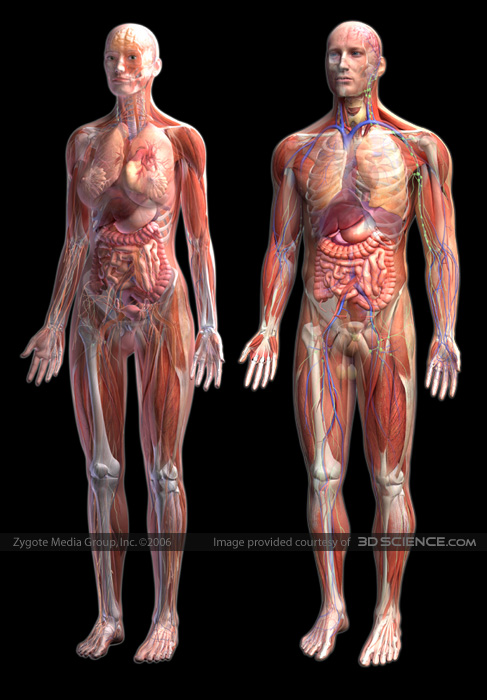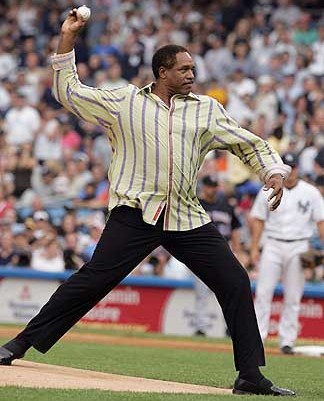Muscles Are Organized Into Motor Units
When a single nerve enters a muscle it splits and makes neuromuscular junctions (NMJs) with several muscle cells
A nerve and the muscle cells it makes NMJs with is called a motor unit
When the nerve fires the whole motor unit is stimulated and the muscle cells contract together
Muscles with large motor units have coarse movements
Muscles with small motor units give fine, graded movements
This is a small motor unit with only 3 muscle fibersTwo Basic Types of Contraction Are Isotonic and Isometric
THIS DOCUMENT IS A POWERPOINT PRESENTATION CONTAINING ALL THE ESSENTIAL INFORMATION ABOUT VARIOUS BODY MOVEMENTS
SECTIONAL DIVISION OF THE BODY
ALONG WITH PICTURES
PLEASE REFER TO IT
DOWNLOAD BASIC ANATOMY.PDF
28.37206 77.318543
Permanent link to this post (32 words, 2 images, estimated 8 secs reading time)
BIOMECHANICS , TUTORIALS Add new tag , ANATOMY , Basic Sciences , BIOMECHANICS , BIOMEDICAL , Health , Medicine , Microsoft , Microsoft PowerPoint , NOTES , presentation , School Time
THIS IS A CHAPTER EXTRACTED FROM A BOOK ABOUT THE PRINCIPLES OF THROWING DO REFER THIS CONTENT WHILE STUDYING BIOMECHANICS
THE REASON I AM PROVIDING A DOCUMENT IS THAT I HAVE KEPT IN MY COMPUTER AND I AM NOT ABLE TO COPY PASTE DOCUMENT HERE AS IT IS
SOME OF THE PICTURES ARE LOST SO THIS GOES LIKE THIS
DOWNLOAD PRINCIPLESOF THROWING.DOC
28.37206 77.318543
Permanent link to this post (64 words, 2 images, estimated 15 secs reading time)
BIOMECHANICS , TUTORIALS Add new tag , Arts , BIOMECHANICS , BIOMEDICAL , Business , Business Systems , Consultants , Document Management , HOW TO CATCH , HOW TO THROW , Literature , NOTES , PLAYERS , Products , Site Management , THROWING
BIOMECHANICS , TUTORIALS Add new tag , Advocacy Organizations , China , DOWNLOAD , GAIT ANALYSIS , HUMAN GAIT , Human rights , Human Rights and Liberties , Kenya , LECTURE NOTES , Lend money , NOTES , PHYSIOTHERAPY , Poverty , TUTORIALS , United States
Gait analysis is the study of animal locomotion, including locomotion of humans. Gait analysis is commonly used to help athletes run more efficiently and to identify posture-related or movement-related problems in people with injuries.
The study encompasses quantification, i.e., introduction and analysis of measurable parameters of gaits, as well as interpretation, i.e., drawing various conclusions about the animal (health, age, size, weight, speed, etc.) from its gait.
Gait analysis commonly involves the measurement of the movement of the body in space (kinematics) and the forces involved in producing these movements (kinetics).



![Reblog this post [with Zemanta]](http://img.zemanta.com/reblog_e.png?x-id=390db361-0ad1-4007-819e-6afe7e68e236)

![Reblog this post [with Zemanta]](http://img.zemanta.com/reblog_e.png?x-id=5775b14d-133f-42e6-8575-a494fbe3a653)
![Reblog this post [with Zemanta]](http://img.zemanta.com/reblog_e.png?x-id=a3a25102-c78c-4f3c-bd0b-5611d3520c76)